Are you struggling with dry, damaged, frizzy hair? Is your hair long and difficult to manage? Try a hair mask! This is a formula packed full of hydrating and restorative ingredients that target the issues you’re having with your hair. Here’s what you should expect out of hair masks, the benefits they have, and the top tips for using them.
What Is a Hair Mask?
A hair mask is designed to nourish and hydrate your hair. It boosts both the condition and health of your hair when you use it periodically. You may also hear a hair mask called a deep conditioning treatment or an intensive hair conditioner.
Hair masks are different from instant conditioners (that you use every time you shower) because the ingredients are normally more concentrated. You also leave the mask on your hair for longer depending on the directions. Some hair masks can be left on for as little as 20 minutes or as long as several hours.
What Are the Benefits of Hair Masks?
Hair masks have numerous benefits, including:
- Shinier and softer hair
- Added moisture
- Reduced hair breakage and damage
- Less frizz
- A healthier scalp
- Stronger hair
- Less environmental and product damage
How Often Should You Use a Hair Mask?
Incorporate a hair mask into your regular hair care regime at least once a week. If your hair has been looking drier or more damaged than usual, you can increase the treatment to twice a week.
Can You Leave a Hair Mask on Too Long?
It all depends on the mask. We recommend always following the directions for whichever hair mask you’re using. At the very least, a hair mask should be left on your hair for at least 3 to 5 minutes. However, if you’re working with rough or dehydrated hair and have the time, then you can let it sink into damp hair for 15 to 20 minutes.
Many people will apply hair masks when their hair is damp, so their hair shaft is more porous. As a result, their hair will absorb more of the mask and can experience something called hygral fatigue. This fatigue occurs when the hair has stretched and contracted because of the added moisture. When this happens enough, the hair will become weak to the point of breakage.
To envision what hygral fatigue looks like, think of a hair tie that’s been stretched repeatedly. You may think that extra moisture can never hurt, but this isn’t true. Make sure to use the mask as directed to protect your hair.
What Natural Ingredients Work Well in Hair Masks?
You can make your own DIY hair mask at home if you like with items found right in your kitchen. Here are some natural ingredients that’ll make your hair look soft and shiny. These are great ingredients to look out for in purchased hair masks as well.
- Aloe vera – A great ingredient to soothe your scalp due to its anti-inflammatory properties. Aloe contains vitamins C, E, and B-12, folic acid, and choline. It may also strengthen and nourish your hair.
- Avocado oil – This oil has minerals like folic acid, iron, and magnesium which helps to seal the hair cuticle. This can help to make your hair more resistant to damage and breakage.
- Bananas – If you struggle with frizzy hair, bananas are a great ingredient to have in your hair mask. It can make your hair softer and shinier. They also have antimicrobial properties that can reduce dryness and dandruff.
- Coconut oil – Coconut oil has a low molecular weight to penetrate the hair shaft for deep conditioning. This helps to reduce dryness and frizz. Additionally, research has shown that coconut oil can reduce protein loss when used on hair.
- Eggs – Egg yolks contain vitamins A and E, biotin, and folate which can promote hair growth while the protein in egg whites can help strengthen your hair.
- Honey – Honey is a humectant which means it helps your hair pull in and retain moisture while stimulating the growth of skin cells to promote strong hair follicles.
- Olive oil – This ingredient contains squalene which is produced by the body (but declined naturally as we age). Squalene is an ideal way to moisturize your hair and skin.
Top Tips to Apply a Hair Mask
Are you feeling nervous about using a hair mask for the first time? Hair masks are a great addition to your regular hair regime, but you must use them as directed to get more out of them. The last thing you want to do is induce hygral fatigue. Here’s what we recommend.
1. Create a routine
Depending on your hair’s needs, you should make your hair mask a regular part of your hair care routine. Most hair types and seasons only require a deep conditioning treatment about once a week. That said, you use a lot of styling tools like hair irons, then your hair may become more damaged and require more intense conditioning help. If you’re noticing that your hair needs it, you can always increase the frequency at which you use your hair mask.
2. Read and follow the directions
This is an important tip that a lot of people skip. You must read the directions for whatever hair mask you’re using. You can read all the tips that you want online, but the most important information about the hair mask is right in front of you on the bottle. It’s impossible to summarize what each hair mask is going to do or the best practices because there are so many different types with various ingredients.
Additionally, before you settle on a mask, do a quick read-through of the ingredient list. Lots of natural oils (olive, almost, avocado), as well as food products, are often in hair masks because they contain restoring nutrients. It’s always best to use hair products that have natural ingredients rather than those that have chemicals.
3. Always apply as intended
Not all hair masks are intended for use the same way. Some instruct you to apply to wet hair while others work better on damp or dry hair. Some are intended for use in the shower. Either way, you want to make sure you’re applying it as intended so that it works well.
4. Find the right hair mask for your hair type
Just like other hair products, some hair masks work best for certain hair types. Do your research to find one that works for your curls. You may even have to experiment with a bit of trial and error before you find what you like.
5. Comb the mask through your hair
Once you apply the hair mask to your hair, take the time to comb it from mid-lengths to ends to ensure it gets to every area. This will allow it to reach every area, and your hair can drink in the hydration.
6. Massage it roots to tips
Give yourself a scalp massage and massage the mask into your hair from roots to tips. Make sure you give some extra preference to your tips. Concentrating on the ends is important because the ends of your hair tend to be the driest.
7. Cover the mask
While your mask is at work, cover it with a shower cap or hot towel. This can help prevent additional moisture from being lost while your mask is marinating. It also prevents the hair mask from getting on sheets, couches, clothes, or anywhere else you don’t want it to be!
8. Rinse and dry it out
The final steps are somewhat up to you. You’ll need to rinse the hair mask out of your hair — no questions asked. However, afterward, some people love to give themselves a nice blow-out after they do a hair mask to see how luxurious their hair is. That said, if you already have dry and fragile hair then using a hair dryer may not be the best idea. Air drying or squeezing out excess moisture with a towel may be the best route.
What Hair Mask Should I Use?
Are you looking for recommendations on a hair mask? Try the Scalp Care Follicle Therapy Treatment Masque. This plant-based essential treatment for hair and scalp is made with natural ingredients with wild sea moss, rosemary, green apple nutrients, sunflower, peppermint, and aloe.
As we know, ingredients like aloe are great for soothing your scalp and contributing key vitamins to your hair. Using this treatment can help to nourish and strengthen your hair. It’s an awesome addition to your existing regime.
You can also consider using the Repair and Restore Hair Strengthening Masque that’s made with shea butter, honey, and banana. This is a great option to make your hair shine, restore ends, and lock in moisture.
Final Thoughts
If you need help putting together a regular scalp care regime, including deep conditioning treatments like hair masks, read our blog here: How to Create a Scalp Care Regime.
WRITE FOR US
Think you've got a fresh perspective that will challenge our readers to engage and educate themselves on how to attain a healthier self, hair and skin included? We're always looking for authors who can deliver quality articles and blog posts. Thousands of men and women will read your work, and you will level up in the process.
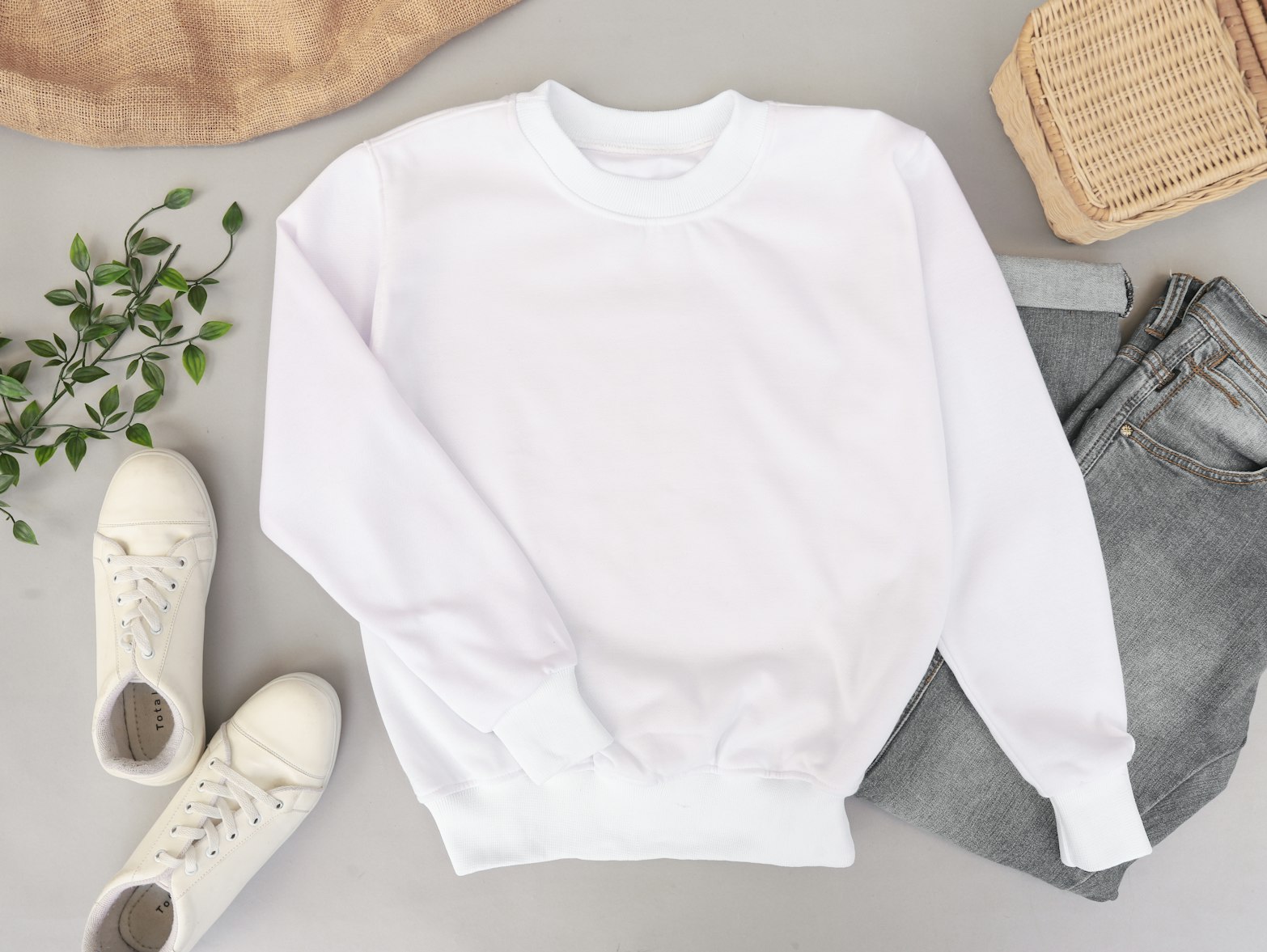
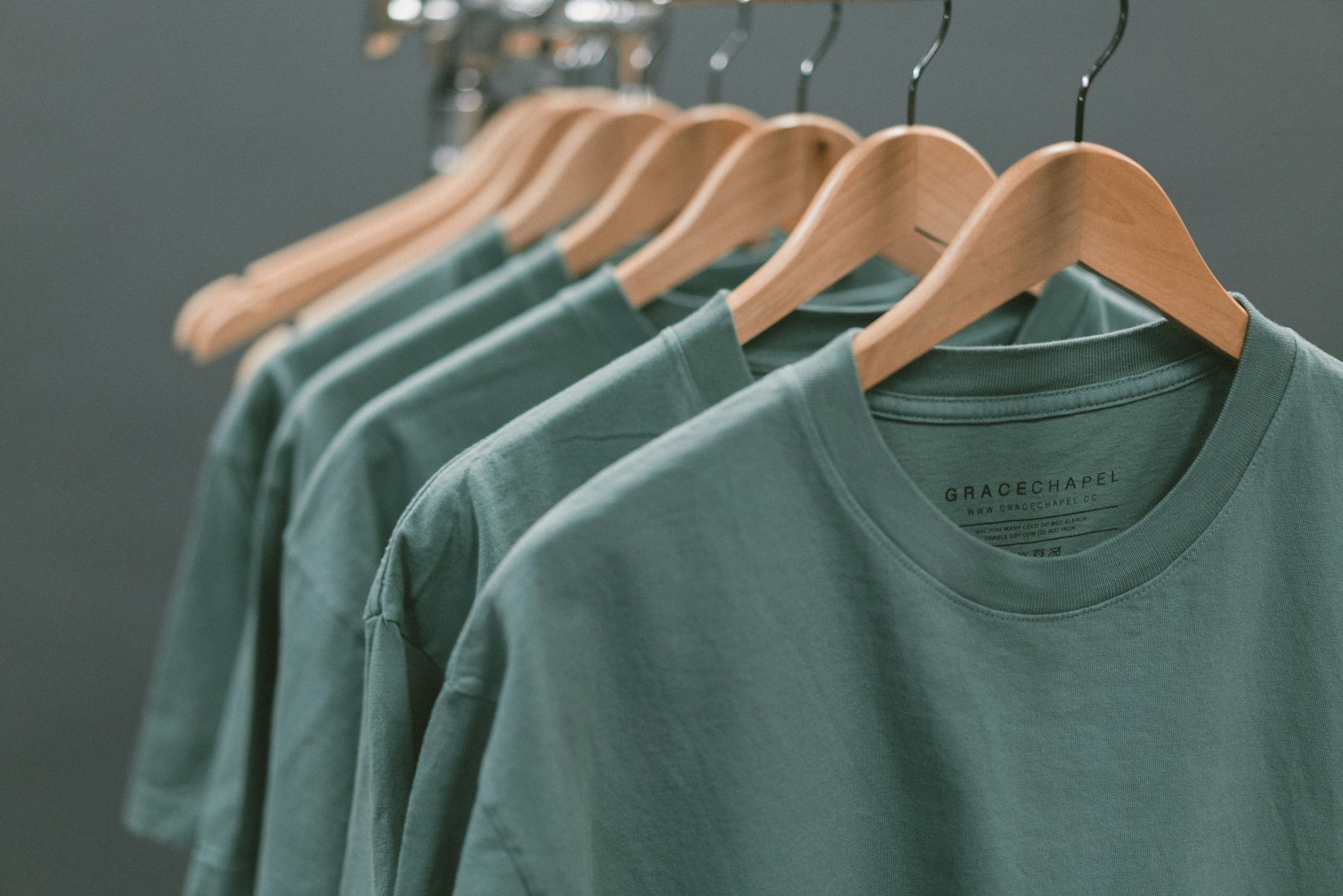
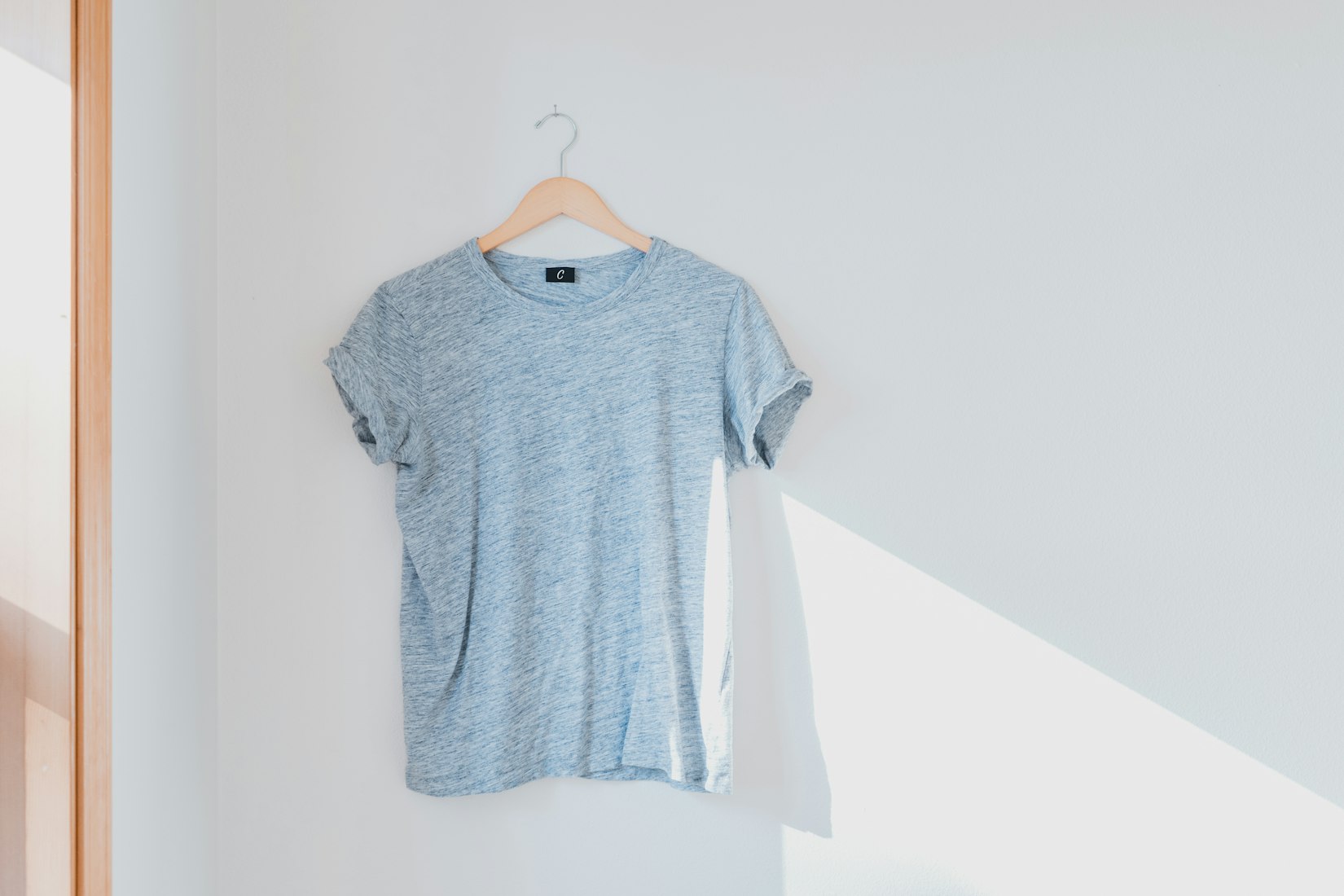
 English
English Arab
Arab
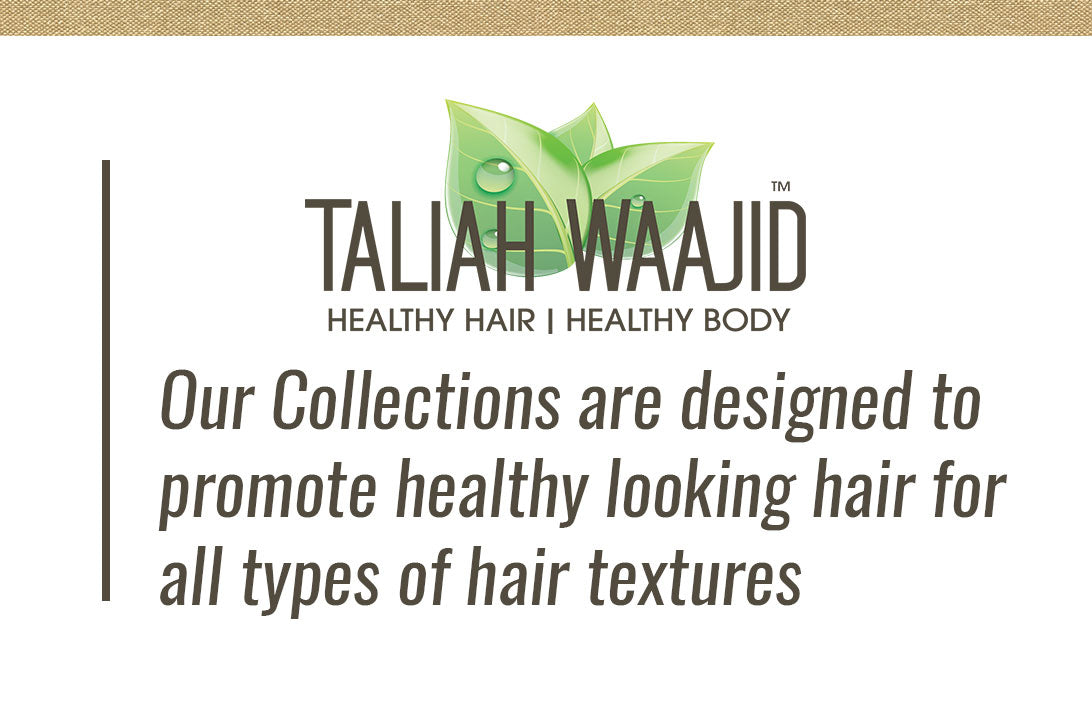
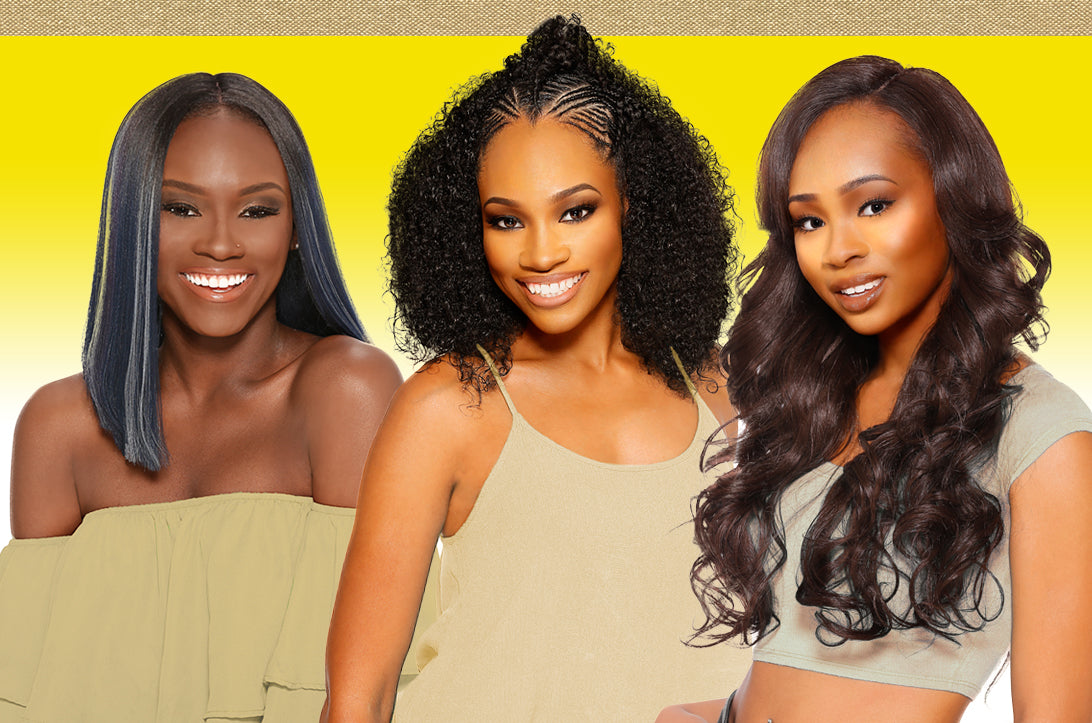
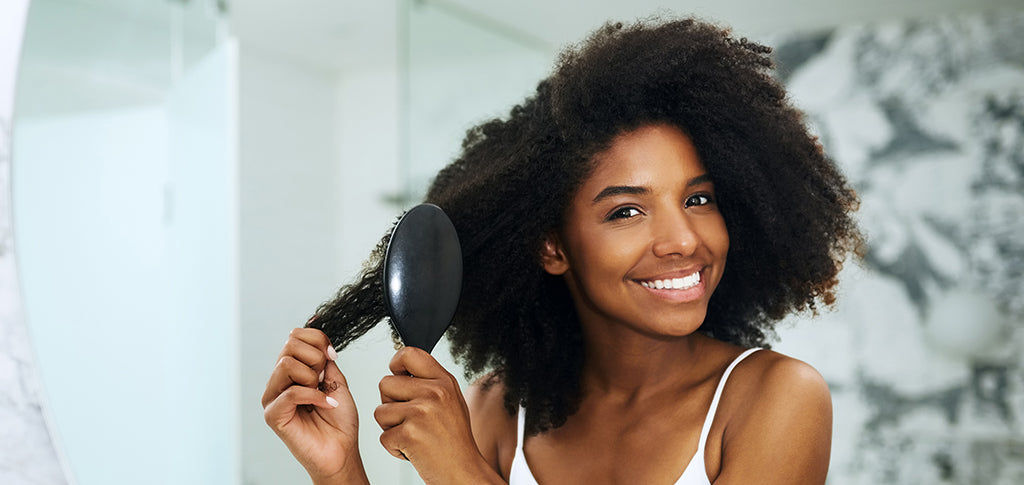





I am interested in your business, you may contact us by email.
Would like the mask.how can I get it.how much
Hello, although I buy the gel for the locks, I’m disappointed in myself because I didn’t know this was a black owned company. I thought it was from the Chinese people. So for now on I will be ordering more products. Thank you and I’m proud of you